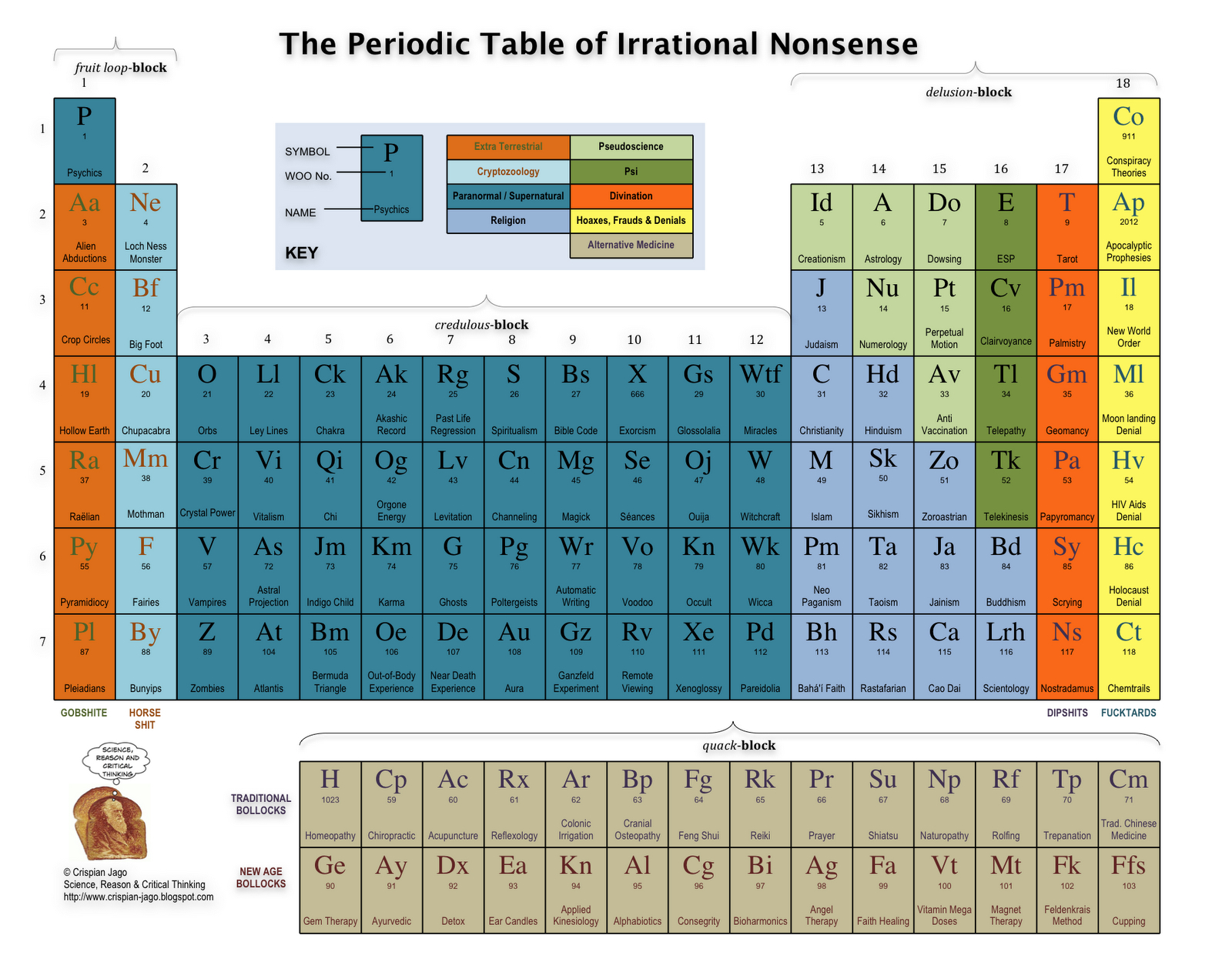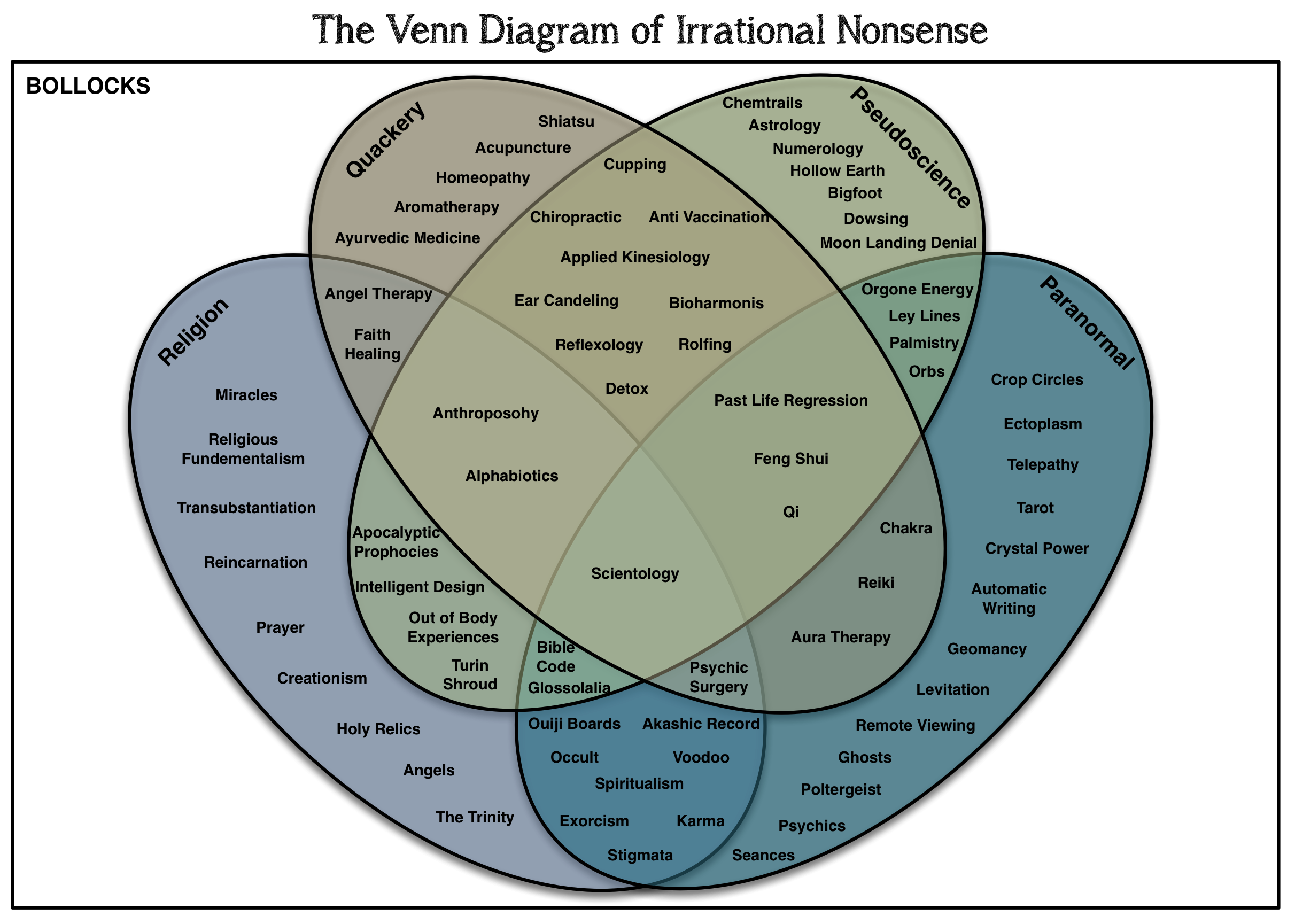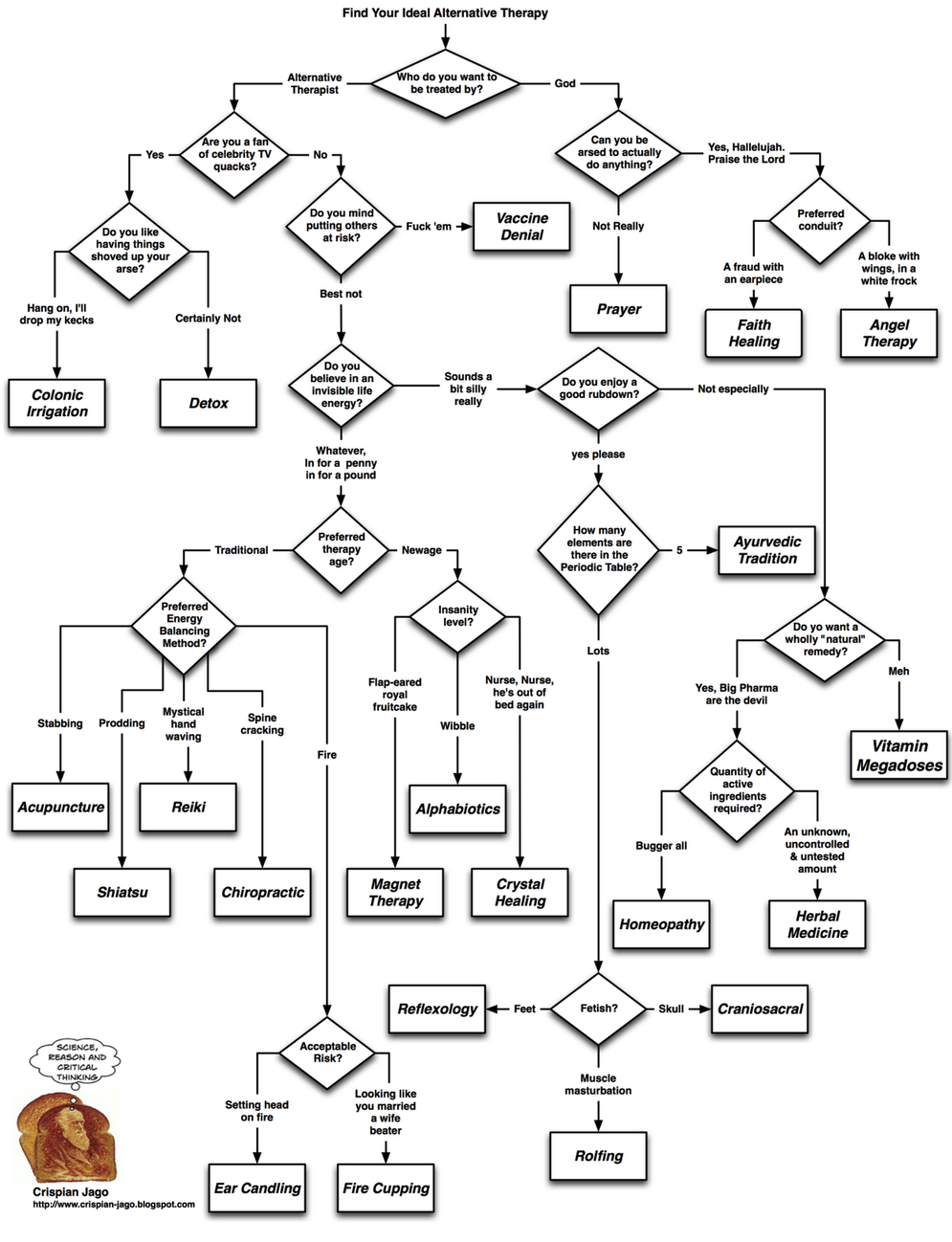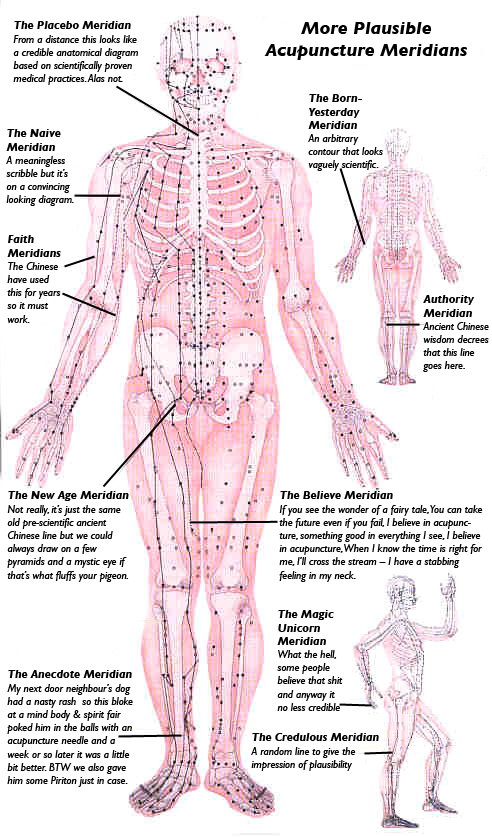For some reason, I’ve become fascinated with infographics made to resemble the Periodic Table of the Chemical Elements. I’ve printed out a few for use with my students (Periodic Table of Storytelling, Periodic Table of Visualization Methods, Periodic Table of the Elements of Language, Periodic Table of the Figures of Speech).
What I’m onto now is making one of my own. I want to make a Periodic Table of Freemasonry (I searched online and did not find something laid out this way; the infographics I did find are not that informative and are also confusing) and also a Periodic Table of Fraternal Orders. Of course, the former would be included in the latter, which makes me wonder how doable this project is.
For those who don’t know, this is the famous table.
So, in making one for Freemasonry, I want to align closely related groups together in columns, but to do that systematically, I think the first step is to decide on the data of each element, so to speak. In the table for the elements, each cell has the element’s name, sybmol, atomic number, and atomic weight. I want my periodic table to be as succinct and logical as that, but not more terse than need be.
Anyway, I do recognize there are different viewpoints from a designer and end-users. So, I’ll ask the following questions for you to answer, if you wish, as an end-user.
- What information must be the minimum for each cell?
- Should I use abbreviations that the groups use for themselves (AF&AM, etc.), or would it be more clear to make up by own symbols?
- Is it simpler to use colors to indicate Prince Hall affiliation or should I just add “PH” in the cell? I’m leaning towards color.
- If I use color for #3, I can also indicate mutual recognition between bodies, such as Grand Lodge of Free & Accepted Masons of California and Most Worshipful Prince Hall Grand Lodge of California Free & Accepted Masons.
- Some of the youth groups can be sponsored by different Masonic bodies. Would that best be indicated by information in the elemental cell?
Note on #3 & #4: There are Blue Lodges and Prince Hall Lodges (I think I have that correct). I’m not insinuating anything by these questions, but since color is already used in the terminology (“Blue Lodge”), I think it would be okay to extend that system, but using different colors for different groups, such as DeMolay, Eastern Star, and Rainbow Girls.
I cannot think of any other questions now. Feel free to answer these five, and to add other questions of your own, with answers for those, too, if you can.
Thanks to anyone who adds answers or questions!



